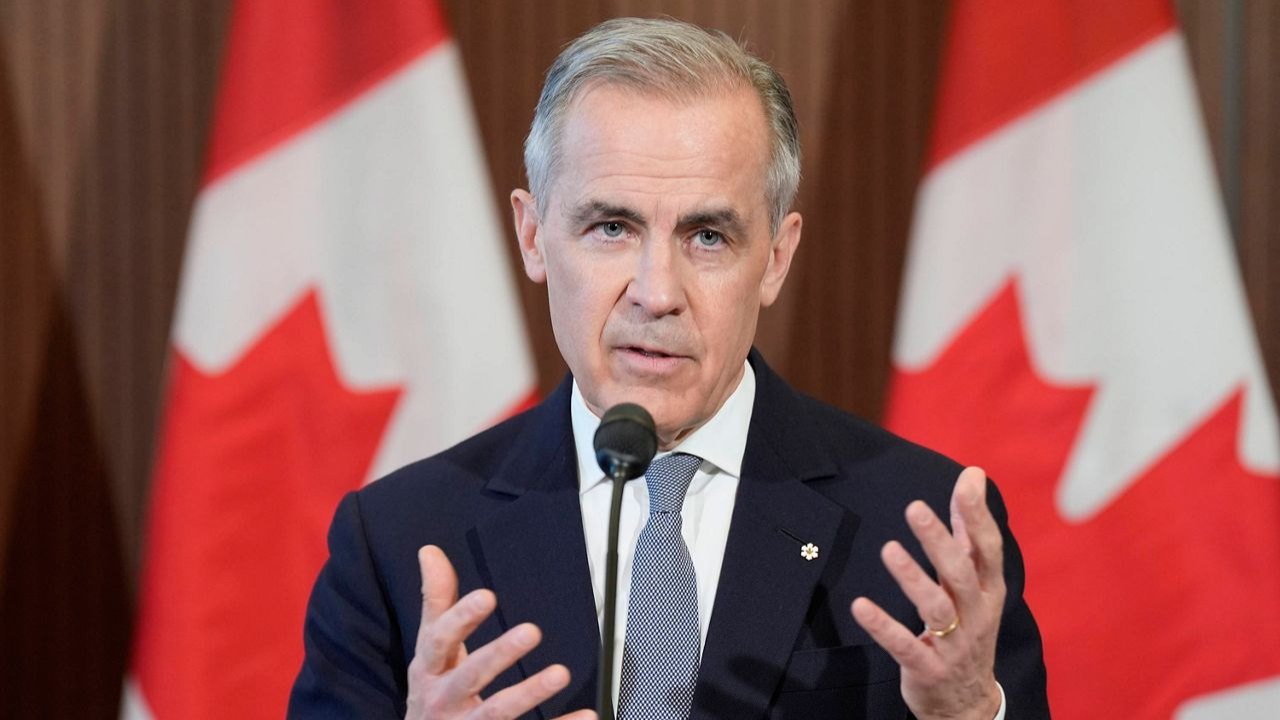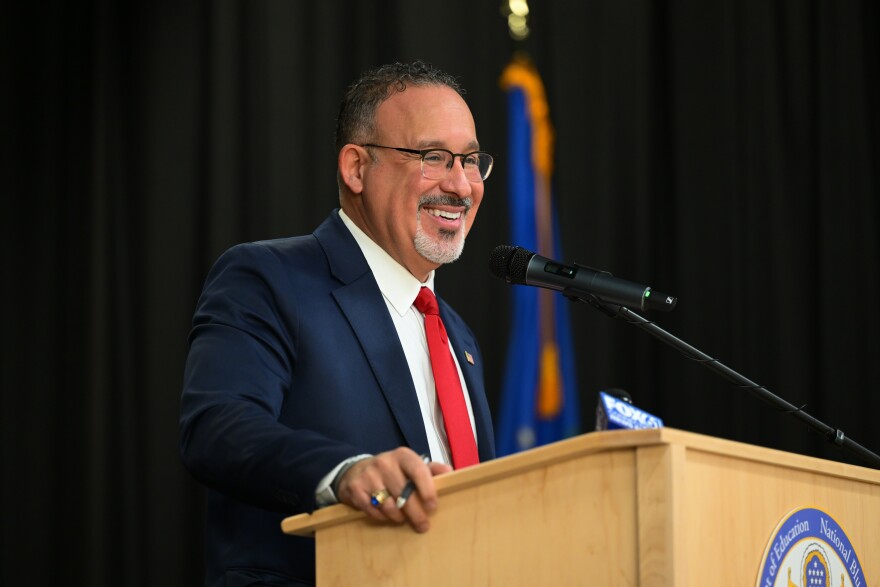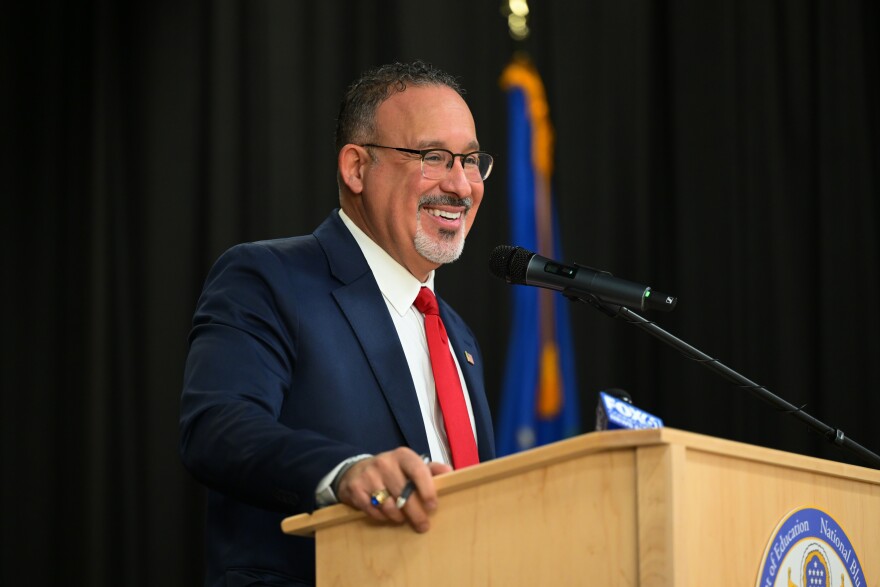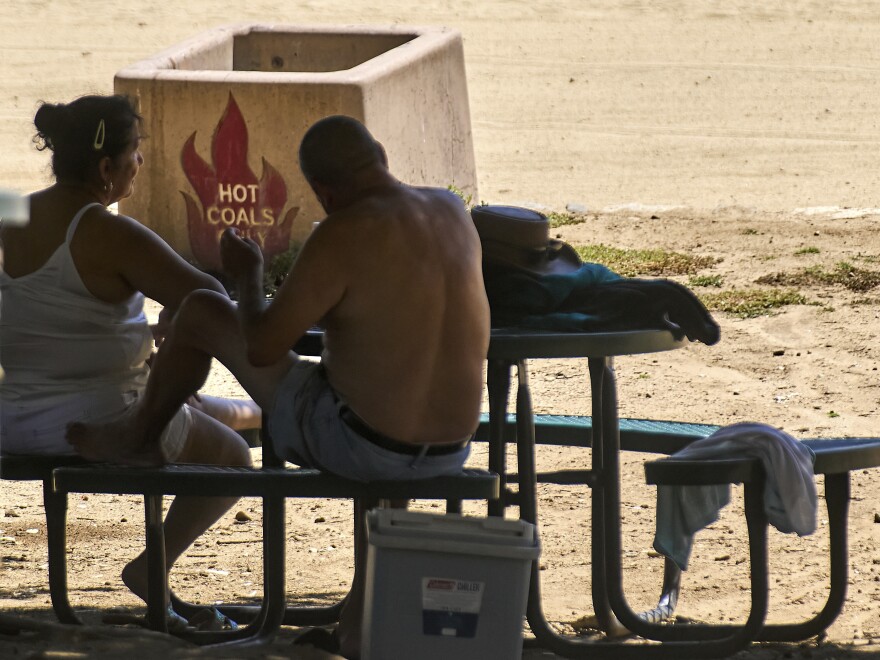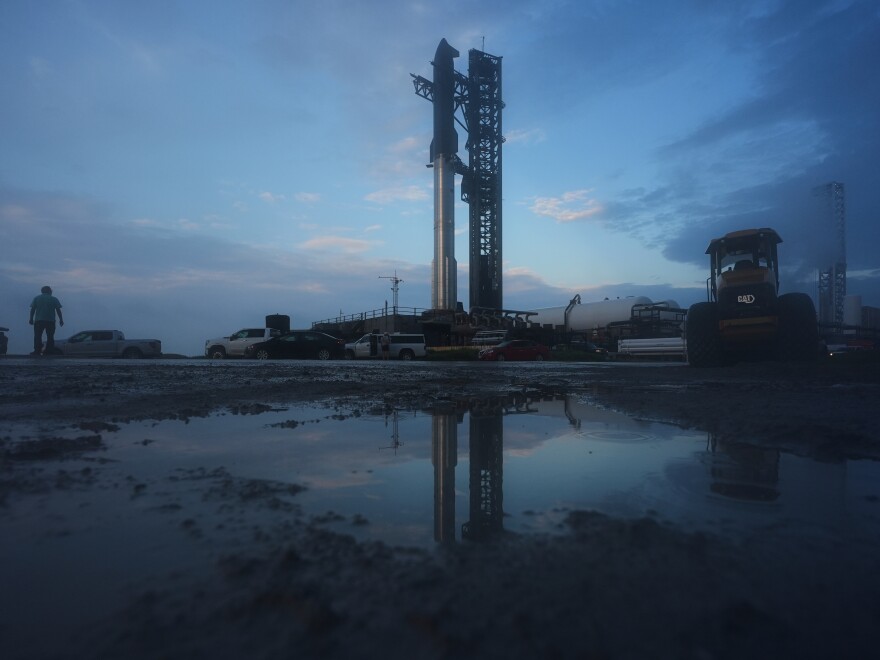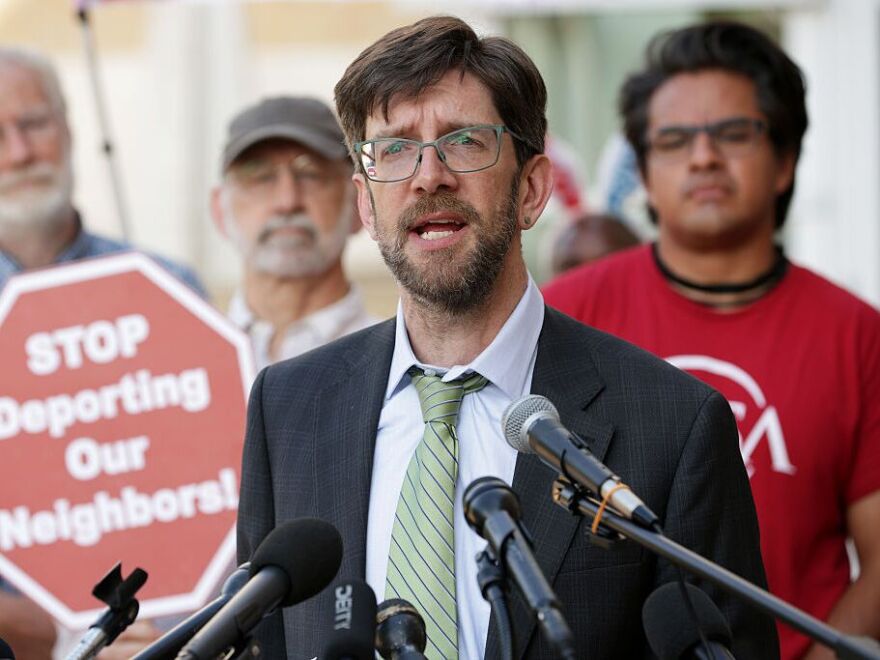Mark Carney’s Liberal Party won Canada’s federal election on Monday, marking a dramatic turnaround fueled by U.S. President Donald Trump’s aggressive trade tactics and annexation threats.
After the polls closed, the Liberals were expected to win more than 170 seats in Parliament, though it was unclear whether they would secure a majority or need to rely on smaller parties to form a government.
The Liberals had seemed destined for a crushing defeat until Trump began attacking Canada’s economy and sovereignty, even suggesting the country should become the 51st state.
This stoked a surge of nationalism in Canada, which helped flip the election in the Liberals’ favor, leading to their fourth consecutive term in power.
David Lametti, a former Liberal Justice Minister, expressed disbelief at the turnaround. “We were dead and buried in December, now we are going to form a government,” he said on national TV, crediting Carney for the unexpected win.
The Conservative Party, led by Pierre Poilievre, had initially hoped to turn the election into a referendum on the leadership of former Prime Minister Justin Trudeau.
However, with Trudeau’s popularity waning as the cost of living rose, Trump’s repeated attacks pushed many Canadians to rally around the Liberals.
Trump’s behavior during the campaign was anything but subtle. On election day, he continued to troll Canada on social media, again suggesting Canada should become the 51st state. He also wrongly claimed that the U.S. subsidizes Canada’s economy, which only added fuel to the fire.
Trump’s rhetoric enraged many Canadians, leading some to cancel U.S. vacations and boycott American products. A record 7.3 million Canadians cast early ballots, a sign of how deeply the election was influenced by the U.S. president’s provocations.
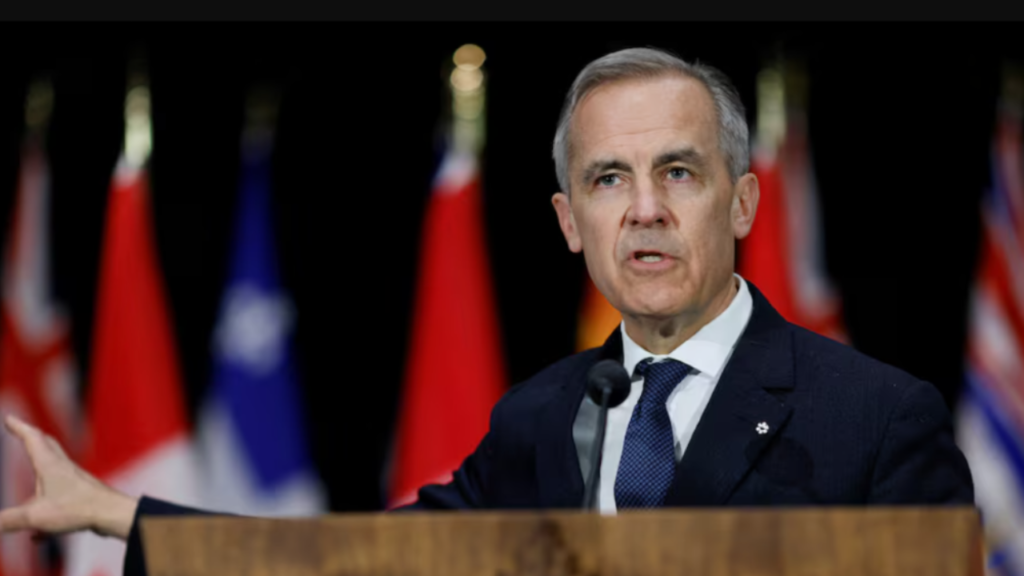
As Carney and the Liberals clinched the win, the challenges ahead remained. If the Liberals didn’t secure a majority, they might need to rely on one of the smaller parties to maintain power.
The Bloc Québécois, a separatist party from French-speaking Quebec, was expected to finish in third, raising the prospect of political uncertainty if the Liberals had to partner with them or another party like the New Democrats.
The New Democrats, led by Jagmeet Singh, performed poorly in the election, and Singh announced he would step down after eight years in charge of the party. This could signal a shift to more radical politics, depending on who replaces him.
The political landscape in Canada has shifted dramatically over the past year. For the first time since 1988, foreign policy became a major issue in a Canadian election.
The trade war with the U.S. and Trump’s strained relationship with Canada overshadowed domestic issues, with the Canadian economy facing major challenges due to tariffs on exports and fears that Trump’s policies could hurt jobs in the auto industry.
Mark Carney campaigned on a promise to help workers hurt by the trade war, pledging that counter-tariffs on U.S. goods would be redirected to Canadian workers.
He also promised to preserve dental care, cut taxes for the middle class, and increase funding for the Canadian Broadcasting Corporation (CBC).
Despite the victory, Carney’s path ahead will be complicated. If the Liberals are forced into a minority government, political uncertainty could make it harder to push through key legislation.
It remains to be seen whether Carney can navigate these challenges and continue to steer Canada through the trade turmoil and cost-of-living crisis that looms large over the country.
Disclaimer- Our team has thoroughly fact-checked this article to ensure its accuracy and maintain its credibility. We are committed to providing honest and reliable content for our readers.
